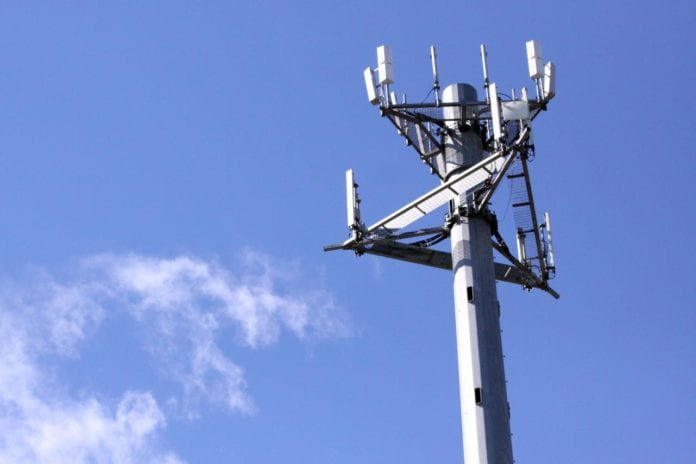CFO says that carriers are moving into the densification phase of 5G
Only about half of Crown Castle’s cellular towers have been “touched with 5G,” according to the company EVP and CFO Daniel Schlanger.
That doesn’t necessarily equate to the 5G build-out cycle being halfway done, however. “Where we are in the cycle … is harder to pinpoint. These cycles take a long time to play out,” Schlanger explained at the JP Morgan TMC Conference this week. Crown’s operator customers generally begin a new network technology build-out by starting with upgrades (amendments, in tower terminology, because it involves amending an existing lease) to towers where they already have equipment, already understand propagation from that location and the local network traffic conditions. Amendments are the fastest and easiest deployment methods, Schlanger said, and the first push into a new generation of technology uses amendments to get spectrum deployed as quickly as possible to cover a large number of customers.
Once that initial amendment activity is mostly done, operators move into densification—adding equipment to towers or small cells where they didn’t previously have equipment and covering new areas. “If we say we’re [at] about 50% of our towers are touched with 5G, we’re somewhere in that amendment cycle moving into the densification cycle,” Schlanger said.
“While our customers were very focused on deploying towers over the course of the last several years … they also gave us significant orders for small cells that we are currently building, which means, they were both focused on the coverage of the tower and the densification of the small cell, all at the same time. So we believe that we’re kind of in that transition period,” he continued.
Schlanger said that Crown Castle has about 60,000 small cell nodes on-air and 60,000 in its contracted pipeline. Last year, he said, the company put 5,000 small cells on air and expects to double that number during 2023. In 2024 and beyond, it will be focusing on major small cell build-outs for Verizon of 15,000 small cell notes and 35,000 small cell nodes for T-Mobile US, which account for 50,000 of the 60,000-node backlog.
Most of Verizon’s build is new small cells and most of T-Mobile US’ focuses on co-location with other small cell networks, Schlanger said. “We are going from 5,000 to 10,000 [small cells] because our customers are going faster. … We believe that they will need more and more as we go forward,” he added. “And therefore, we will build more and more in ’24 and ’25.”
Although Schlanger said that Crown is building small cells, he also indicated that the company has not built many new macro sites in recent years because the “economics we’ve seen for building new sites have not been attractive enough to … to get our capital allocated.” (This was in response to a question on whether Crown had been interested in a deal similar to the one that Verizon struck with Vertical Bridge to build new sites across the country.)
Schlanger also discussed the deal that Crown put in place with Dish Network to lease up to 20,000 sites plus fiber for its new 5G network. “We were among the first places Dish went for towers, and we believe that they’ve built a lot of their anchor[s] around our system and have been utilizing us very much,” Schlanger said, adding, “We became integral to Dish’s overall network build-out, which makes us really key to them meeting their goals of their requirements for maintaining the license on the spectrum of 70% population coverage by June of 2023. … They have been very active with us. They have required us to move very quickly to put a lot of antennas on a lot of sites.”

